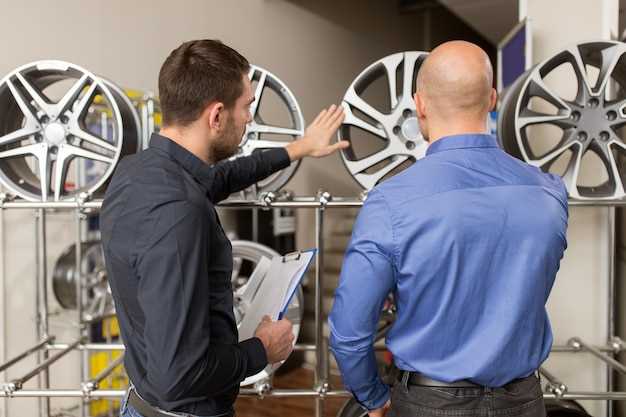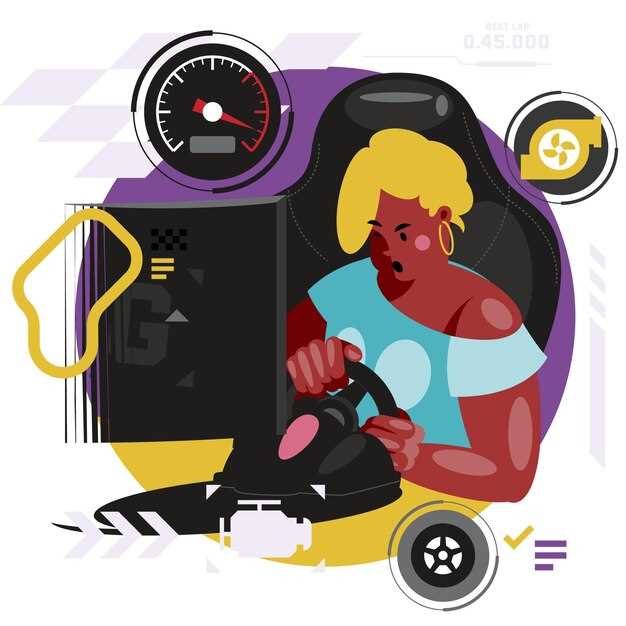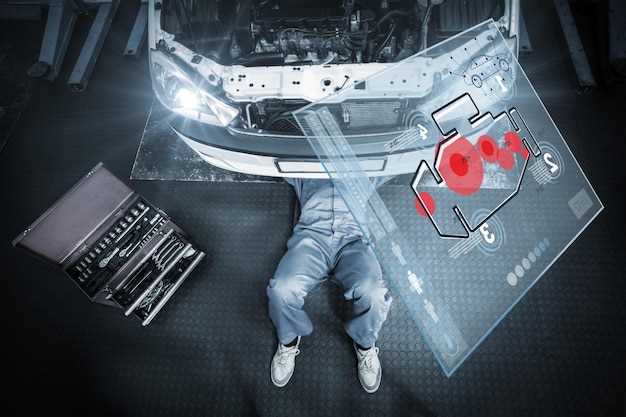
For car enthusiasts, understanding the powertrain characteristics of a vehicle is essential to fully appreciate its performance. Two crucial terms often encountered in discussions about automobile performance are horsepower and torque. These terms, while frequently used interchangeably, refer to distinct aspects of engine performance that influence how a car accelerates and feels on the road.
Torque is the rotational force generated by the engine, essential for moving the vehicle from a standstill and for achieving the power necessary to climb hills or tow heavy loads. It is measured in units like pound-feet (lb-ft) or Newton-meters (Nm) and indicates how much twisting force the engine can exert at a given moment. This instantaneous measure of force impacts the vehicle’s ability to accelerate quickly and maintain speed under load.
On the other hand, horsepower is a measure of how quickly that torque can do work. It reflects the engine’s ability to maintain speed over time and is calculated by considering both the torque produced and the engine’s rotational speed (RPM). Essentially, a car with high horsepower can sustain higher speeds while continuing to deliver strong performance. Understanding the relationship between torque and horsepower helps enthusiasts choose vehicles that align with their driving preferences, whether for street performance, off-road capability, or competitive racing.
Understanding the Relationship Between Torque and Horsepower
Torque and horsepower are fundamental concepts in automotive performance that relate to how an engine delivers power. To grasp this relationship, it is essential to define both terms succinctly. Torque is a measure of rotational force, indicating the engine’s ability to perform work, while horsepower quantifies the rate at which work is done.
The connection between these two measurements is established through the formula: Horsepower (HP) = (Torque × RPM) / 5252. Here, RPM stands for revolutions per minute. This equation demonstrates that horsepower is dependent on both torque and engine speed. As such, an engine with high torque figures can achieve substantial horsepower at lower RPMs, making it ideal for towing or off-road performance.
Conversely, higher horsepower at elevated RPMs typically results from engines designed for speed and performance, common in sports cars. While torque provides the necessary force to accelerate the vehicle, horsepower governs how quickly that acceleration occurs. Therefore, a proper balance of both is crucial for optimal vehicle performance.
In summary, understanding torque and horsepower, along with their interrelationship, is vital for any car enthusiast. This knowledge directly influences vehicle choice and performance tuning, ultimately enhancing the driving experience.
How Torque Influences Acceleration and Performance

Torque plays a crucial role in a vehicle’s acceleration and overall performance. It refers to the rotational force produced by the engine and directly impacts how quickly a car can accelerate from a standstill. In general, higher torque allows for faster starts and improved performance during low-speed driving conditions.
When a car accelerates, it is primarily the torque that provides the necessary force to move the vehicle forward. This is particularly evident in heavy vehicles or those designed for towing, where high torque ratings enable better handling of weight and load. As the engine delivers torque, the wheels begin to rotate, propelling the car down the road.
In addition to initial acceleration, torque affects how a vehicle performs in various driving situations. For instance, during overtaking maneuvers or climbing steep inclines, having ample torque ensures a smooth and powerful driving experience. Cars with high torque ratings tend to feel more responsive, as they can deliver power more readily without the need for high engine RPMs.
Moreover, the relationship between torque and horsepower is vital. While torque is crucial for acceleration, horsepower becomes essential as speed increases. Horsepower is a function of both torque and engine speed; thus, a balance between the two allows for optimal performance across different driving conditions. An engine that produces a significant amount of torque at a lower RPM will excel in situations that require quick responses, while high horsepower is necessary for maintaining speed on highways.
Ultimately, understanding how torque influences acceleration and performance helps car enthusiasts make informed decisions when choosing or modifying vehicles to meet their specific needs and driving styles. Balancing torque with horsepower is key to achieving an enjoyable driving experience that combines power with efficiency.
Choosing the Right Balance of Torque and Horsepower for Your Vehicle

When selecting a vehicle, understanding the balance between torque and horsepower is crucial for achieving the desired performance. Torque measures the engine’s rotational force, while horsepower represents the engine’s ability to perform work over time. The optimal balance between these two metrics largely depends on your driving needs and preferences.
If you prioritize acceleration and responsive performance, particularly for tasks like towing or off-roading, a higher torque rating is essential. Vehicles with significant torque can pull heavy loads from a standstill, making them ideal for trucks and SUVs. This characteristic is beneficial in scenarios requiring immediate power, such as climbing steep inclines or initiating quick starts at traffic lights.
Conversely, if top speed and high-revving performance are your goals, focusing on horsepower is more advantageous. Horsepower becomes increasingly important in sports cars and performance vehicles designed for high-speed driving. A high horsepower rating allows for greater speeds and an exhilarating driving experience on highways and racetracks.
It is also important to consider the RPM range at which both torque and horsepower peak. An engine that delivers strong torque at lower RPMs will feel more powerful during daily driving, whereas an engine that excels in horsepower at higher RPMs may require more skill to navigate effectively in everyday situations. Thus, understanding your typical driving conditions is vital in determining what balance suits you best.
Ultimately, the right mix of torque and horsepower enhances your vehicle’s performance, ensuring it meets your specific requirements, whether for daily commuting, recreational driving, or heavy-duty work. Taking the time to evaluate your priorities will lead to a more satisfying driving experience.



